It’s 11 pm and all is clear
The call of the sereno or nightwatchman was a sound that was a familiar part of the acoustic patina of Spain’s city streets for more than 200 years: “Son las once y sereno” (It’s 11 pm and all is clear). For most, this was a reassuring sound informing citizens that there was no trouble afoot. However, any neer-do-wells lurking in the shadows hearing this would know it was time to scarper!
Serenos first appeared as far back as 1715. These nightwatchmen would patrol the dark streets of Madrid during winter and call out the weather conditions on the hour. However, during the reign of Carlos III they began to do duty year-round as lamplighters. Before this point, citizens were responsible for lighting the streets themselves. There was an incentive to do so as Madrid’s unlit passageways could be dark and dangerous.
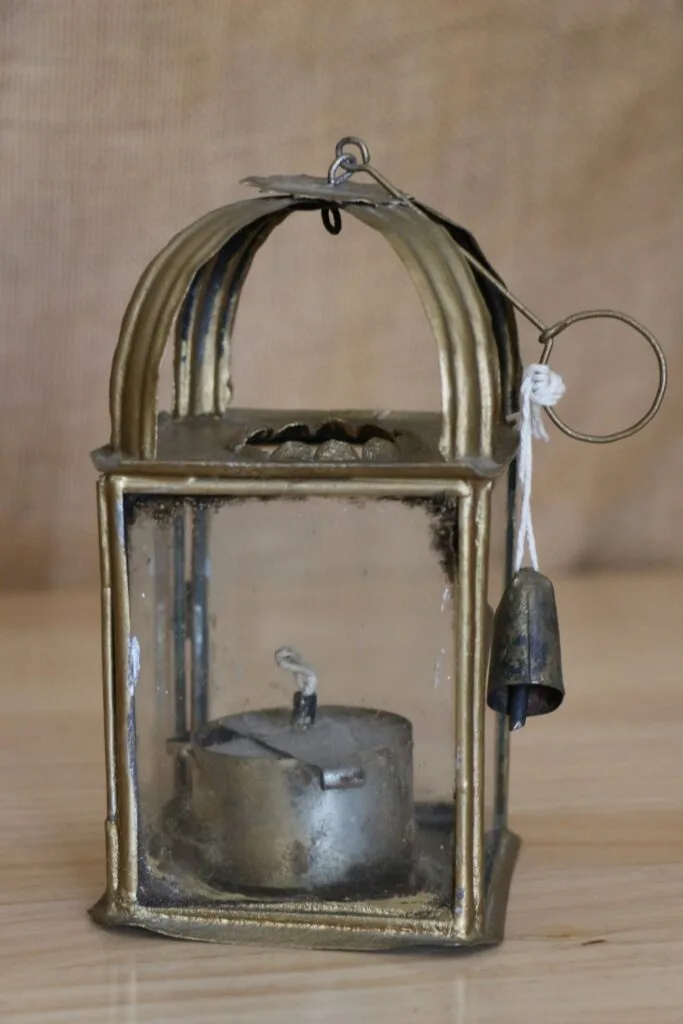
Keeping the streets safe
Carlos III’s Cuerpo de Serenos was officially formed in 1774. Having a force patrol the streets nightly, calling out the weather and lighting the lamps was a relief for a populace who were justifiably afraid of being mugged. Besides street lighting, the enlightened ruler also introduced a centralized Post Office and the lottery earning him the title of “el major alcalde de Madrid” (Madrid’s best mayor). However, some of his innovations came up against fierce opposition from the church.
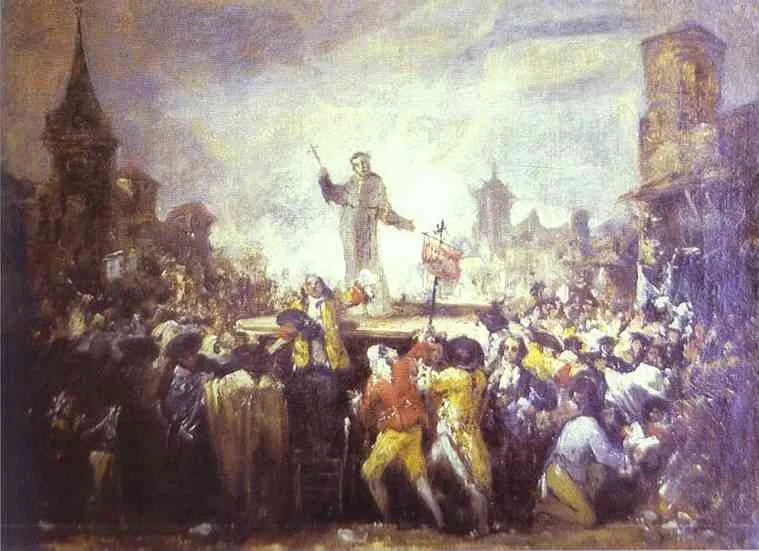
Miffed at him for throwing the Jesuits out of Spain, the church spotted an opportunity when Carlos III decided to ban the long cloaks that villains could use to conceal swords beneath. As this was the garment of choice for the working-class man, it was easy for the clergy to whip the public into a frenzy resulting in a riot that almost toppled his regime. The Esquilache riots in 1776 shook the king to his core. Once things died down he would rely on the Cuerpo de Serenos to act as an informal police force able to squash dissent if necessary.
The duties of a sereno
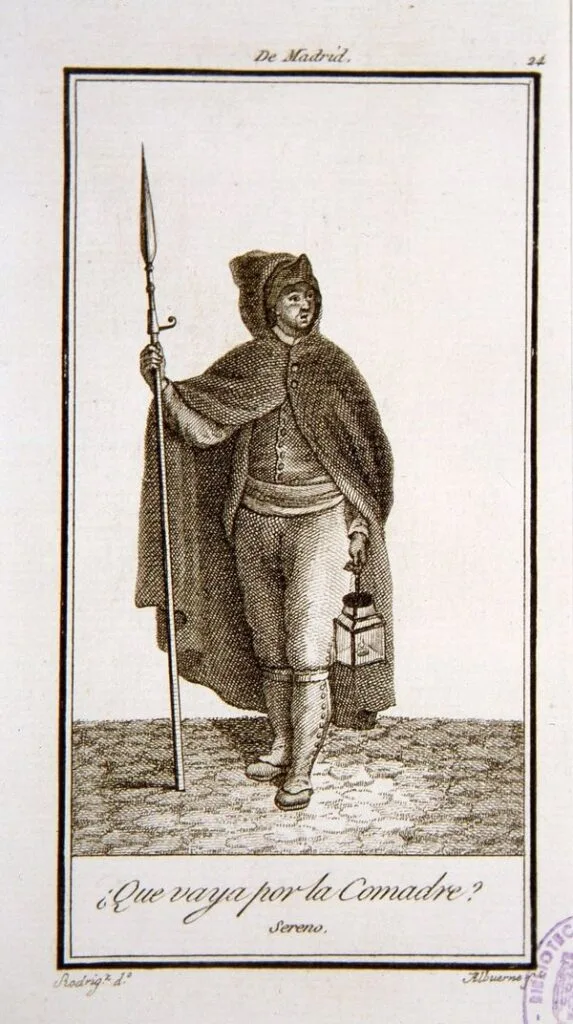
In their peaked cap and blue cloak (later a coat), the serenos cut a fine figure as they patrolled the streets holding a chuzo that is a stick with an iron spike on its end. Just like the city’s water carriers, many hailed from Asturias and the office was passed down from father to son. The job requirements stipulated that you needed to be over four feet tall and physically fit with a clear voice.
On hand to help with emergencies and working from dusk till dawn, these men did a difficult job. Despite this, their pay was so paltry that they had to go around on their days off and beg alms from neighborhood residents.
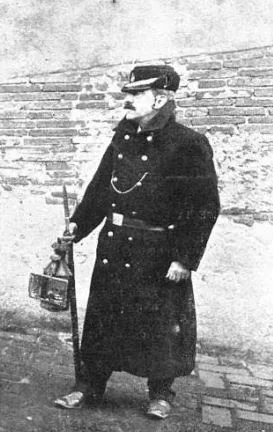
The keys to the city
Besides lamplighting, calling out the weather, and guarding the city streets, over time, they also began to hold the front door keys of apartment buildings. In those days, once the porters locked up for the night you needed a sereno to open the front door for you if you had stayed out late partying. When you arrived home, you would clap your hands and call for the sereno to open the door. Handy if you tended to lose your keys on drunken nights out!
Serenos under Franco

Serenos existed up until 1978, ostensibly only phased out because the introduction of the intercom allowed people to control entry to their own homes. However, by this time electric lighting and a proper police force had been introduced. So why couldn´t people be trusted to handle their own front door keys?
Most likely, serenos continued to walk the city streets during Franco’s repressive regime as a means of social control. According to El Diario, many were informants for the secret police. I’ve also heard that many were ex-military loyal to the regime. Have you heard anything similar? Do let me know!
If you’re interested in hearing more about the rich history of Spain’s capital, why not book me for a historical walking tour of Madrid? As a Lonely Planet author and the writer of this blog, I have a wealth of information at my fingertips and love to communicate this to visitors. To find out more, get in touch.
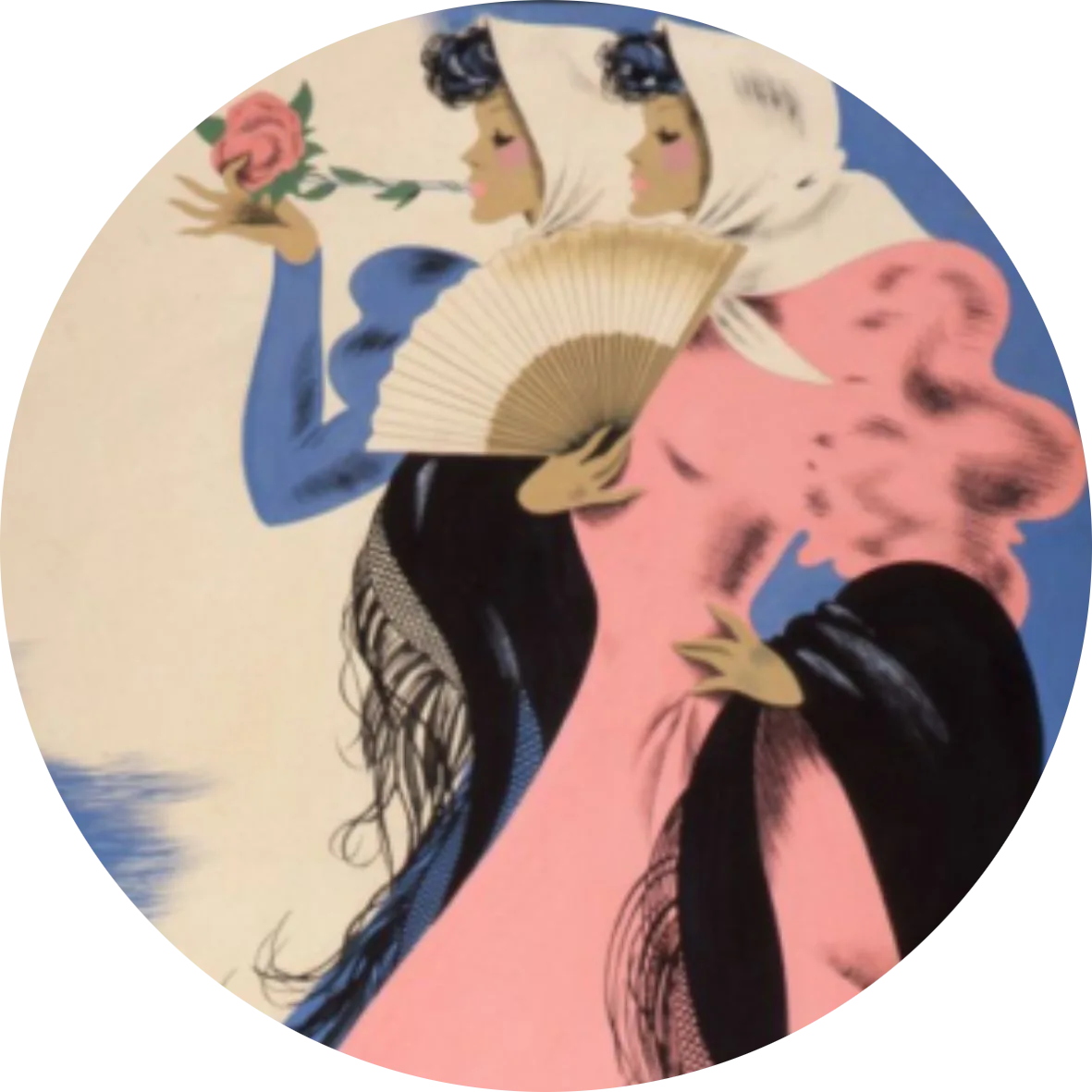

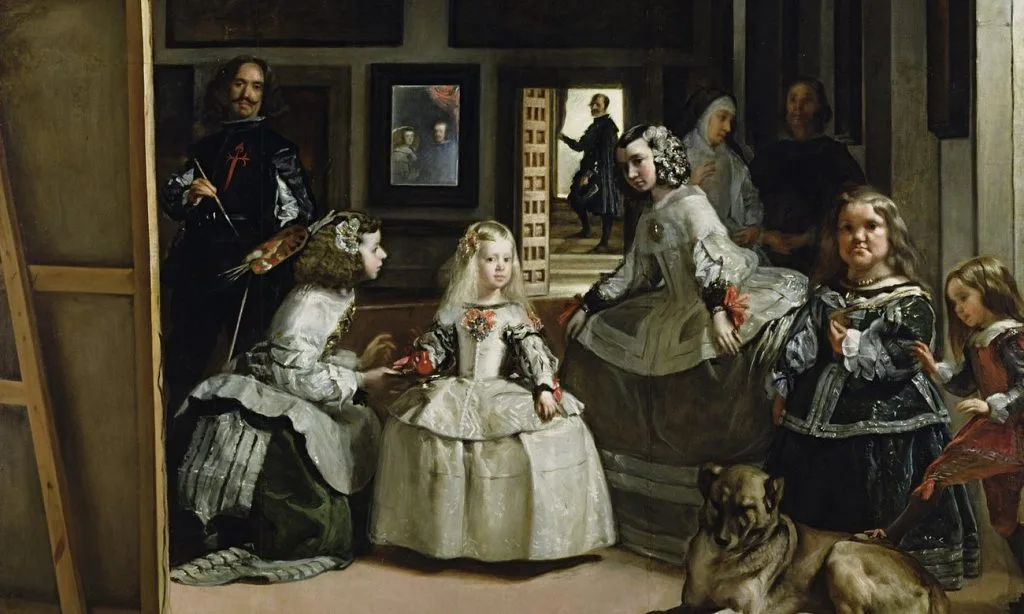
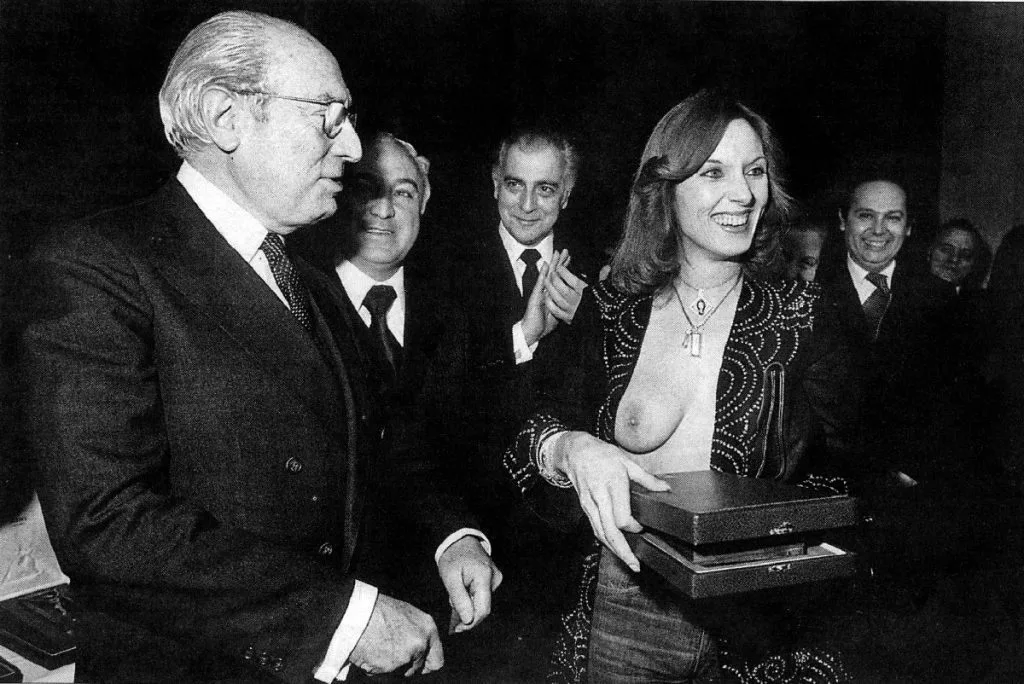
Fascinating! When did Madrid get gas lighting and was it the same system?
It must have been after the serenos were introduced, taking an educated guess I’d say late 18th, early 19th century.
Pingback: Madrid's Three Kings Parade - The Making of Madrid